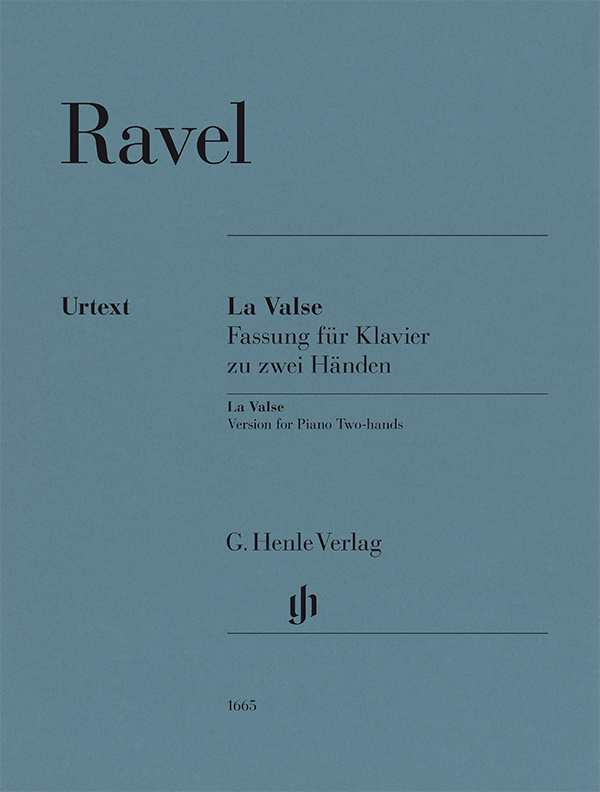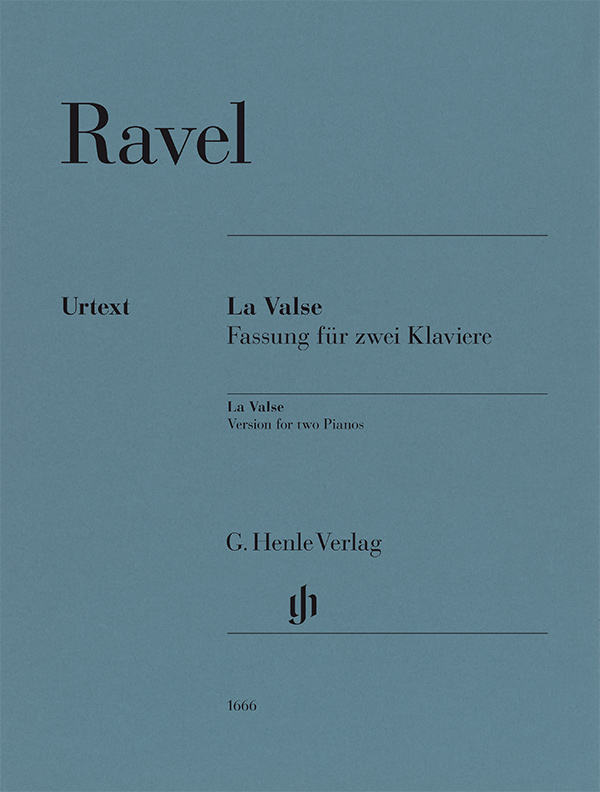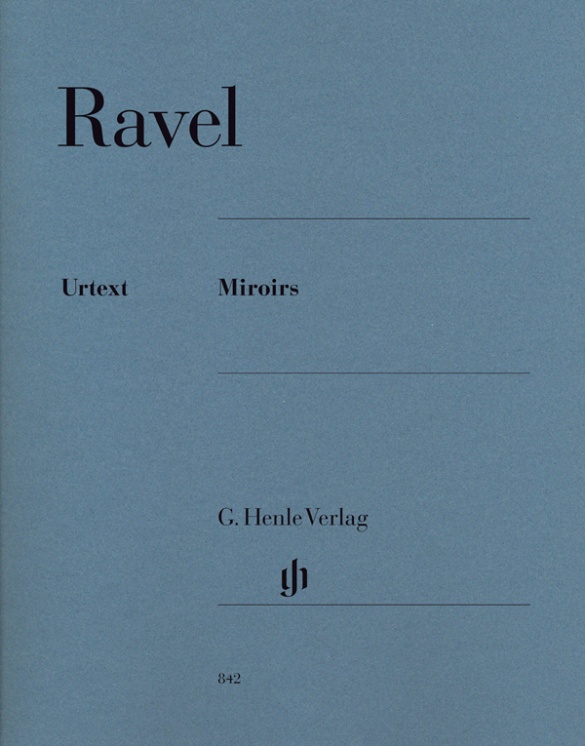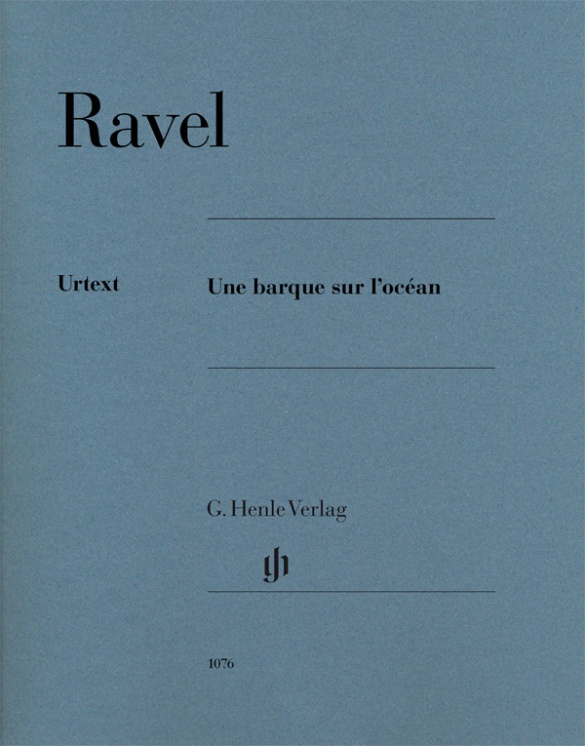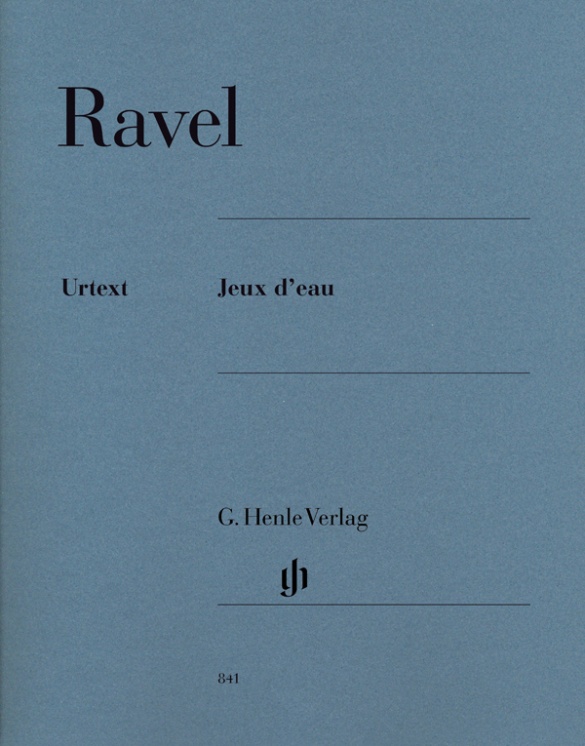

Maurice Ravel
Jeux d’eau
The sounds made by water – those of fountains, waterfalls and streams – were a popular subject in musical impressionism. Liszt had already explored this in his “Jeux d’eaux à la Villa d’Este”, and it was also a subject that inspired Ravel.
At the same time he broke fresh compositional ground: in his “Jeux d’eau” he developed a kind of floating harmony and created new tonal effects. These shimmering tone paintings are among the first of our Urtext editions by this important French master. In order to provide musicians with a first-rate engraving for this highly complex music, we have slightly increased our Urtext format – and can thus guarantee excellent readability.
Content/Details
About the Composer
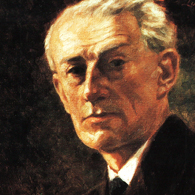
Maurice Ravel
Together with Satie and Debussy, Ravel numbers among the innovators who had a falling out with academic education and created their own avant-garde tonal languages – inspired, in Ravel’s case, by Russian and Spanish music, but also by exoticism – without abandoning tonality. This master of orchestration begins with piano works, which he orchestrates; songs with piano and piano compositions exist on an equal footing in orchestral versions.
| 1875 | Born in Ciboure on March 7; the family moves to Paris that same year. |
| 1882 | Lessons in piano, theory, and composition. |
| 1889 | Beginning of his studies at the Conservatoire de Paris, from which he will never graduate.around 1893 Influence of Chabrier and Satie. |
| 1901 | “Jeux d’eau” for piano, in a new “Impressionist” tonal language, as is “Miroirs” (1904–05). |
| 1903 | “Shéhérazade” for voice and piano/orchestral accompaniment with orientalist tonal elements. |
| 1905 | Scandal surrounding Ravel’s third application for the Prix de Rome. |
| 1907 | Premiere of the “Histoires naturelles” after Jules Renard provokes astonishment in audiences and critics. |
| 1907–08 | Rhapsodie espagnole for orchestra. |
| 1908/10 | “Ma mère l’oye” (“Mother Goose”) for piano, four-hands, as a ballet in 1911. |
| 1911 | Premiere in Paris of his opera “L’Heure espagnole.” |
| 1911/12 | “Valses nobles et sentimentales” for piano/orchestra. Premiere of the ballet “Daphnis et Chloé” in 1912. |
| 1914/19 | “Le tombeau de Couperin” for piano/orchestra anticipates the coming neoclassicism. |
| from 1920 | Many concert tours through Europe and the United States. |
| 1925 | Premiere of his opera “L’Enfant et les sortilèges.” |
| 1928 | Conferral of an honorary doctorate from Oxford University. “Bolero” for orchestra. |
| 1929–31 | Piano Concerto in G major with elements of jazz. |
| 1937 | Death in Paris on December 28. |
About the Authors

Peter Jost (Editor)
Dr. Peter Jost, born in 1960 in Diefflen/Saar, read musicology, German and comparative studies at Saarland University in Saarbrücken. He did his PhD in 1988 with a thesis on Robert Schumann’s Waldszenen.
From November 1991 to April 2009 he was a research associate at the Richard Wagner Complete Edition in Munich, and since May 2009 has been an editor at G. Henle Publishers. His Urtext editions comprise predominantly French music of the 19th and 20th centuries, including works by Lalo, Saint-Saëns and Ravel.
Product Safety Informations (GPSR)

G. Henle Verlag
Here you can find the information about the manufacturer of the product.G. Henle Verlag e.K.
Forstenrieder Allee 122
81476 München
Germany
info@henle.de
www.henle.com
Möglich, dass man sich bei Henle schon seit Jahren darauf gefreut hat, endlich “Ravel machen zu dürfen”. Entsprechend großzügig zeigt sich der Verlag auch und hat – um dieser hochkomplexen Musik ein optimales Druckbild bieten zu können – zum ersten Mal sein Urtextformat etwas vergrößert. Wer sein Henle-Regal vom Schreiner auf Maß hat fertigen lassen, der wird jetzt möglicherweise fluchen. Alle anderen freuen sich über die beste Ausgabe von Ravels Klaviermusik, die zurzeit für Geld zu haben ist …
Piano News, 2008recommendations
autogenerated_cross_selling
Further editions of this title
Further editions of this title


